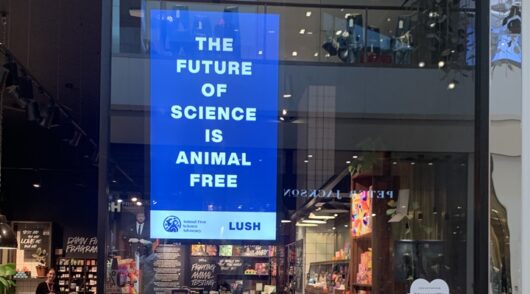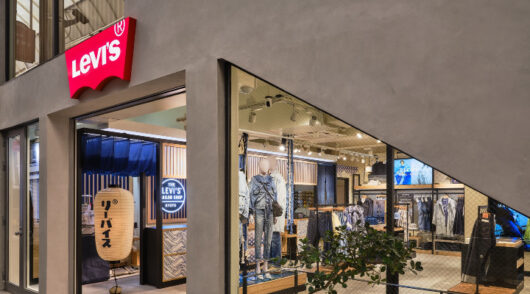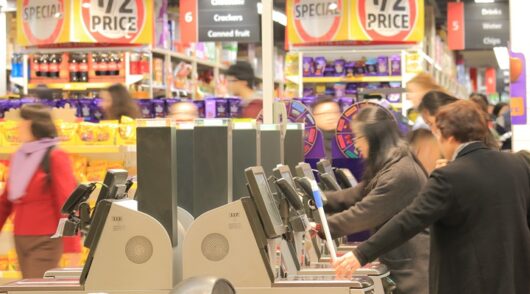In recent years, consumer awareness around sustainability has continued to grow, as shoppers are now demanding to know the origin of the products that they purchase. As a result, savvy retailers like Woolworths and Walmart have begun adopting new technologies such as 2D barcodes to offer more transparency.
Unlike the traditional linear black-and-white barcodes often seen on items, 2D barcodes give brands the opportunity to encode more detailed product information than before. There are also other supply chain benefits for businesses including improved inventory management, recall readiness, sustainability, ethical sourcing and product authentication.
“With this next generation of barcodes, there’s a real opportunity to connect with consumers in ways we haven’t before,” explained Richard Jones, chief marketing officer at GS1.
“The same barcode that you use at your point-of-sale can also be scanned on a phone by the consumer so they can access a lot of information about the products they’re buying. It’s a great opportunity for retailers to start thinking about how to engage with your customer and provide a better shopping experience.”
Woolworths worked with GS1 to complete a full roll-out of 2D barcodes on its fresh produce and chilled items. Their journey began in 2017 with just loose produce.

“At Woolworths, we plan to build on the potential of these barcodes to offer customers valuable information on provenance, quality and sustainability. As we work towards a better tomorrow with our suppliers, 2D barcodes can help us communicate a product’s verified sustainability credentials to customers,” said Roberto Olivares, senior project manager at Woolworths.
“For our customers, it means more accurate and faster identification of fresh produce with fewer errors between varieties and decreased transaction times at registers. This means you can scan and weigh the product, instead of looking it up in the look-up screens.”
Thanks to the detailed information within the barcodes, there is now a vast range of benefits for the Woolworths team including:
- If the product is out of date but was not removed from the shelf, the point-of-sale prevents the sale;
- More accurate inventory for variable weight articles;
- More granular inventory by expiry date;
- Up to 21 per cent improvement in productivity;
- Expiry dates are pre-populated automatically in the system;
- Markdowns are actioned as notified;
- Store teams don’t need to enter dates manually to markdown an article, they just need to scan and print the label;
- The system has visibility of article quantities and expiry dates for better forecasting.
Major US supermarket Walmart also did a pilot program using 2D barcodes from GS1 recently.
“While the transition to 2D barcodes is still in its infancy, we understand that benefits around sustainability, traceability, supply chain visibility and meeting the needs of consumers are creating a great deal of interest across industry,” said Marcia Mendez, senior program manager for Walmart in a statement.
“Ultimately, suppliers will likely drive this evolution as they increasingly label their products with 2D barcodes. However, retailers will need to ensure that not only can they scan 2D barcodes, but also read and ingest the data, which we’ve learned are two very different capabilities during the pilot project.”
Get your unique, authentic numbers from the only authorised source – GS1 Australia.






